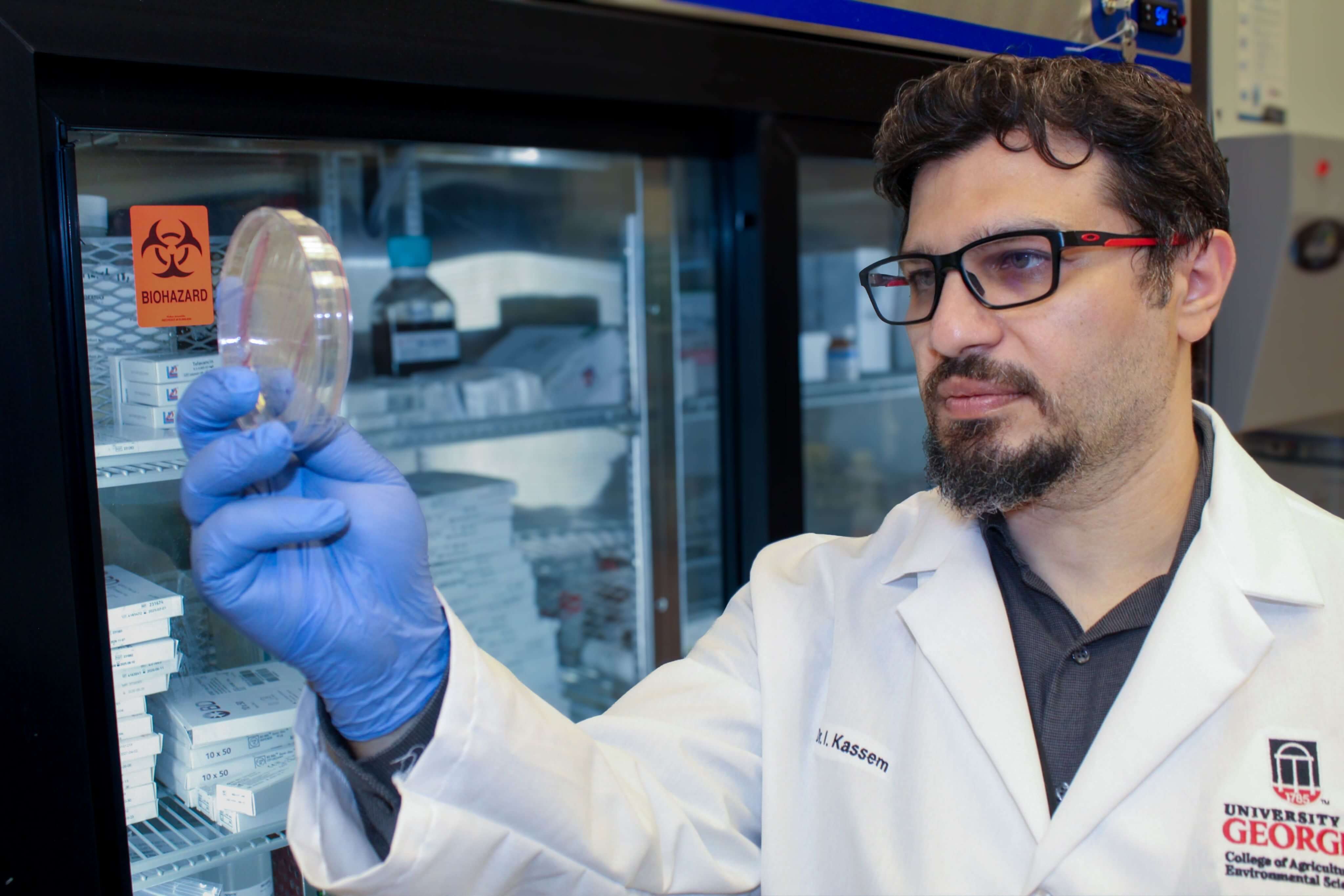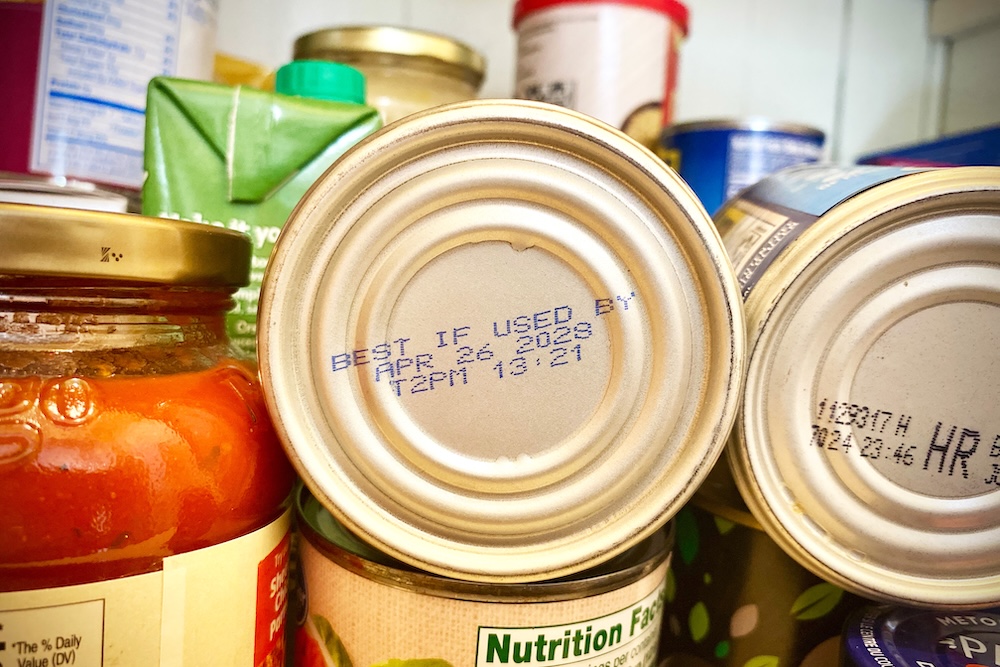.png)
Although flour may not seem to be a raw ingredient, most flour is raw and is considered a "not-ready-to-eat" ingredient, meaning it should not be consumed uncooked. Flour is at risk of contamination with harmful bacteria such as E. coli and Salmonella, pathogens that can cause foodborne illnesses in people who consume contaminated, raw flour.
Food companies develop food safety plans and adopt measures based on a product's intended use basis, which means the intended ways a consumer might utilize or eat a product. Raw flour is not intended to be consumed raw, meaning it hasn't been treated to destroy illness-causing bacteria.
Several foodborne outbreaks have been associated with consuming raw flour in recent years, which highlights the importance of handling flour properly and cooking or baking it thoroughly. E. coli and Salmonella bacteria have been linked to raw flour and associated products such as cookies and cake mixes. In addition, children can become ill from handling or consuming raw dough used in crafts or recreational activities.
Common symptoms associated with E. coli and Salmonella infections include diarrhea, fever and abdominal cramps. Additionally, certain strains of E. coli may cause severe illness, including kidney failure.
Following safe food handling practices, such as washing hands and surfaces before and after handling flour, is also essential to prevent cross-contamination with other foods. Here are some tips to minimize the risk of illness from contaminated flour.
- Always wash your hands before and after handling flour.
- Avoid eating raw cookie dough or cake batter containing raw flour.
- Cook flour-based products, such as bread and cakes, to their recommended internal temperature.
- Use heat-treated flour whenever possible.
Researchers from Rutgers University studied how to kill different pathogens in flour in a household oven setting. To heat-treat flour at home, follow these directions:
- Preheat the oven to 400 degrees Fahrenheit.
- Spread the flour 3/4 inches deep or less on a baking sheet.
- Bake for six minutes.
To learn more about recent foodborne outbreaks, visit cdc.gov/foodsafety/outbreaks.






